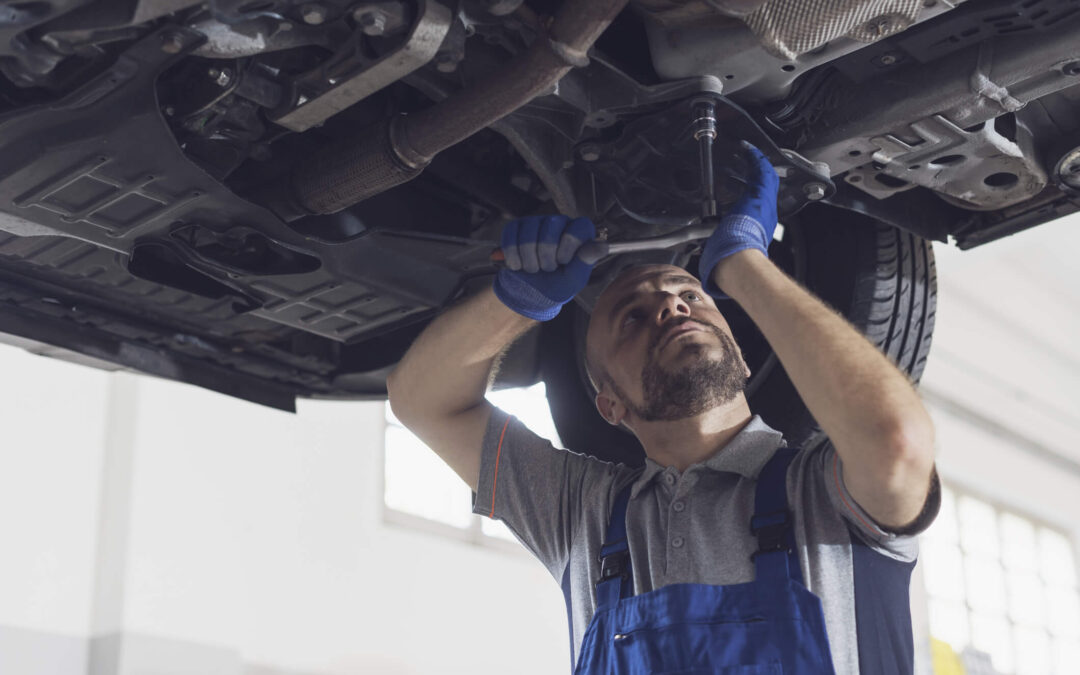
Driving when suspecting a coolant leak can be risky. It is important to contact an European auto repair service. In this blog post, we will cover important tips to ensure safe driving and obstruct engine damage. Let’s explore how to navigate this potentially dangerous situation on the road.
Understanding the Signs of a Coolant Leak
- Sweet Smell: A pleasant-scented automobile hints at a potential coolant leakage. The glycol, which is often ethylene glycol, is the main culprit of this bad smell.
- Visible Puddles: If you see such vivid green, pink, or orange puddles under your car, they might be a leak. This is definitely the most prominent visual display warning of something being wrong.
- Engine Overheating: Watch the temperature gauge carefully as the car can be severely damaged from overheating that might be the cause.
- White Smoke from Exhaust: If the coolant is leaking into the combustion chamber of the engine, then it could be the reason for the white smoke you see from your exhaust. iT is the fastest we need to act!
- Low Coolant Levels: Remember to check your coolant tank at intervals to prevent the cooling system running dry. Beware of water pouring more frequently than normal, there might be a leak that needs to be addressed.
You should always be aware of these warning signals in order to fix the coolant leak before it results in major damage to your vehicle.
Precautions on Driving with a Coolant Leak
Check Coolant Levels
Coolant is equivalent to blood in an engine. Frequent checks of coolant levels are essential to prevent overheating and damage. Filling the reservoir bottle correctly to the recommended level should minimize the chances of leaks. Routine checks can highlight small leaks that can later become big problems, for instance, engine issues might arise during driving.
Top Up Coolant by Necessity
To avoid the overheating of engines as well as damaged engines due to excess heat, it is necessary to keep the coolant levels in your car at the correct level. Overheating can cause coolant to leak and damage the car’s health on a long term basis, and therefore, it is important to top-off the required quantity of coolant before driving.
Watch the Temperature Indicator.
Before you start, make sure that the coolant level is not low on the temperature gauge. An unusual jump in temperature may flag a leak or engine overheating. Don’t keep moving forward in case it gets to the point of no return. Timely checks allow discovering issues before they grow and give you a chance to pay less on repairs.
Tips for Safely Driving with a Coolant Leak
- Monitor Coolant Levels: In order to avoid the coolant level going below the normal level, check it often.
- Use Water in an Emergency: The alternating of water into the system of an engine with low coolant will temporarily stop the overheating.
- Steer clear of long drives: You can reduce the number of long-distance trips you take to minimize the chances of coolant leak and engine overheat.
- Monitor Temperature Gauge: Be observant of the temperature indicator, any unusual surging may be due to a coolant leak.
- Park in Shade: Do not drive in the hot weather and put extra stress on the air-conditioning system by parking in the shady places.
- Maintain Stocks Handy: Carry the basic tools and water, as well as coolant, with you in case of an emergency of coolant leakage.
- Seek Professional Assistance: To ensure the soundness of the engine, consult an expert as soon as you can if the leakage is still going or getting worse.
What to Do If Your Car Overheats While Driving
1. Pull Over Safely
In case your engine boils over, please pull your car off the road safely. Engines operate best when they have time to cool down, therefore, make sure to turn the engine off and wait until it cools down before opening the hood. Do not unfasten the radiator cap as you might get burned. Take a look at the engine coolant level and if it seems low, have a professional check it out.
2. Switch the Engine Off
If your car overheats while on the road, shut off the engine right away to prevent any additional damage to its inner components. Keep the engine to cool down before you dismantle the hood or add coolant. Cure the root cause of overheating so as to have no resembling scenario.
3. Await Engine Cooling Before Lifting the Hood
To prevent burns or injuries, it is always advisable to wait for the engine to cool down after it has overheated while the car is moving on the road before opening the car hood. This safety procedure will also guarantee your safety during the procedure and a detailed examination of the engine will be done after it has cooled completely which will help to prevent any heat related dangers.
Finally, road safety is crucial when dealing with a suspected coolant leak. Regularly checking for and repairing leaks can help prevent overheating and engine damage. Stop immediately if you see a leak since low coolant levels might cause major engine damage. Prioritizing safety and fixing automotive issues are essential.
Source: Explore






